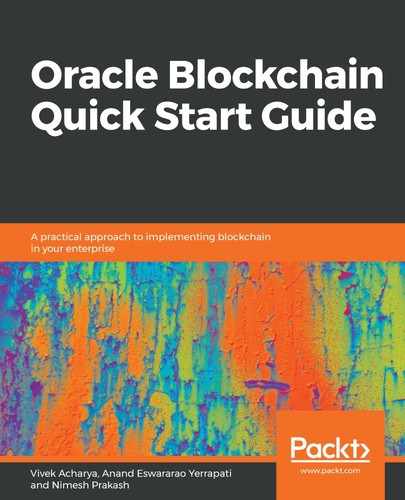Small businesses usually bring their invoices to larger financing firms, such as banks, to obtain finance. Usually, business to business and business to government transactions, especially procurement, take longer for payments. Companies usually sell invoices to invoice financing companies and can obtain finance for the outstanding invoices. Usually, it's 75 to 85% of the invoice. The rest is received when the invoice financing company has received the amount, with the remaining amount having a fee deducted by the invoice financing company. The amount that's charged by the invoice financing company is usually dependent on the payment term. The longer the payment term is, the higher the fee that's charged by the invoice factoring company. Roughly, invoice factoring is a 3 trillion dollar business globally. Globally, approximately 2% of invoice financing is subject to fraud every year.
What is there today?
Banks and financial institutions do have processes to check for fraud and tackle potential risks; however, it's labor-intensive, manual, costly, time-consuming, and inefficient. The following are the main steps in invoice factoring:
- The supplier invoices its client with payment terms (30 to 90 days)
- The supplier is in need of cash and thereby reaches an agreement to assign an invoice to factor, which includes fee and other details
- The invoice is sold and assigned to a factor
- The factor will advance approximately 80% of the invoice amount
- Upon invoice due dates, the client pays the factor the invoice amounts
- The factor pays the supplier with the remaining 20%, after subtracting the fee
What are we trying to solve?
Mostly, firms take the invoices to multiple financing institutes or banks. Since financing firms and banks don't have an integrated communication mechanism; it's open to vulnerability, which can be the potential point of fraud. Since there are multiple places for the firm to take its invoices and since financial institutions and banks are not integrated, they don't know about the same invoice being presented to various financing institutes or banks. In addition, an invoice can be altered and presented to various parties to obtain finance. Here, we are talking about two primary challenges: first, the same invoice is being sent to various parties, and second, an altered invoice is being sent to various parties. Along with this, other risks are associated with invoice factoring, such as non-payment and late payment, to name a few. Additional risks include that the invoices could be fake, or may have been tampered with. Invoice factoring is also a use case that's used to verify the identities of the clients and their customers. Verified and established identities can reduce the risk of late and non-payment.
Bringing invoice factoring to blockchain will result in decentralizing the entire process of invoice factoring. Blockchain smart contracts will take care of the agreements and verify the credit of participants (the supplier and its customer, in terms of the previous example in this section). Since it's an immutable record of transaction, where participating parties can also analyze the past performances of the participants, it helps to reduce risk and induce transparency to the overall process. Blockchain solutions, particularly based on Hyperledger Fabric, will help to reduce fraud that occurs in invoice financing, particularly due to a lack of communication and double invoicing.
